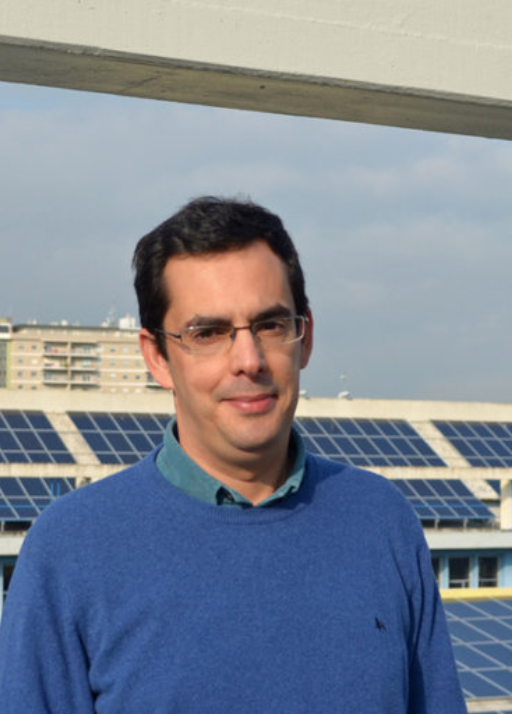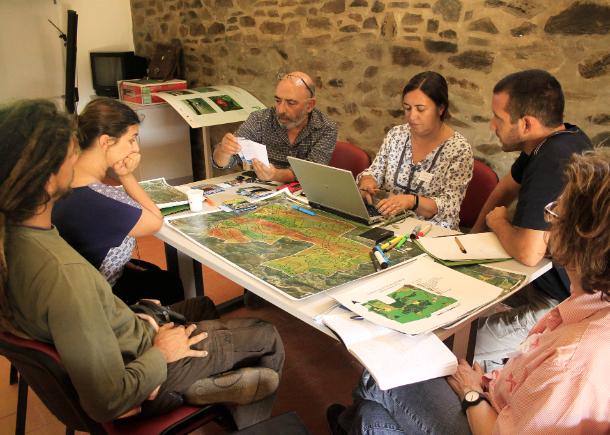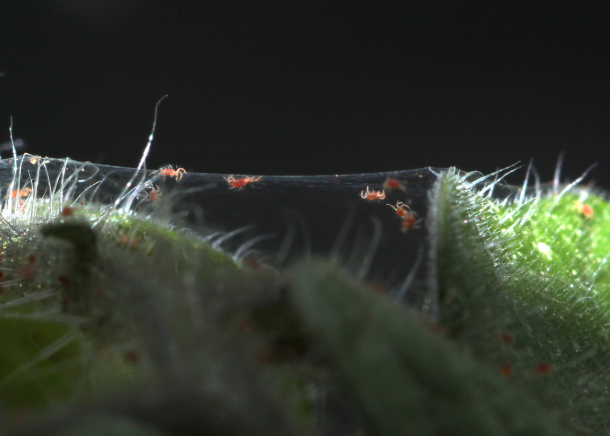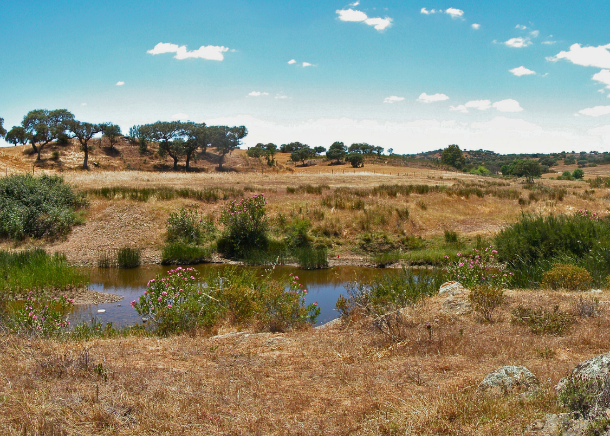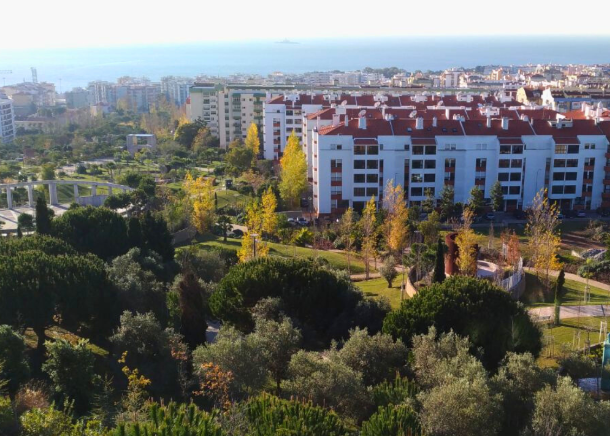Summary:
Increasing urban human populations lead to further development of urban centres with consequent loss of green spaces, causing strong alterations of ecosystem processes and trophic interactions. Yet urban green areas have been shown to support native biodiversity, enhance ecosystem functions and provide important ecosystem services.
Moreover, urban green and blue infrastructures (GBI) contribute to human wellbeing. The high proportion of impervious surfaces makes urban GBI fragmented and isolated. GBI enhance the permeability for both biodiversity and citizens through dense and hostile urban matrices. In a hearing phase of this project municipal authorities have highlighted their need of guidance on the implementation, managing and restoring of GBI.
The main objective of our BIOVEINS proposal is to use functional diversity (FD) to highlight the mechanisms underpinning the link between GBI, taxonomic diversity (TD) and ecosystem services (ESs) provisioning, and to provide, together with local stakeholders, the ecological and interdisciplinary knowledge to identify the critical features of GBI, to guide the establishment, management and restoration of GBI, and to mitigate the effects of major urban global challenges, like habitat fragmentation, air pollution, and urban heat island. This main objective will be accomplished by several specific objectives:
(i) to analyse, together with local stakeholders, the actual and planned GBI from an urban planning perspective, determine representative sampling plots and derive prior actions based on specific objectives (ii) – (iv);
(ii) to assess the FD for a variety of taxonomic groups differing in dispersion ability, sensitivity to environmental conditions and use of resources within GBI to link the considered taxa to ESs and to determine the importance of GBI connectivity on urban biodiversity;
(iii) to assess the impact of proportion, configuration and connectivity of urban GBI on provisioning and regulating ESs by an experimental and modelling approach, and link these ESs to the data obtained in (iii) to assess the role of TD and FD on these ESs; and
(iv) to provide tools, best practices, and guidelines for the stakeholders about how to improve urban GBI and how to enhance multifunctional ESs for people and nature.
These mechanistic approaches make it possible to predict changes in more stressful (future) conditions, and provide a means to propose best practices for planning of urban green areas.
The structure of the project is based on 7 highly interacting work packages, and it considers major representative urban environments in terms of climate, taxa and configuration selecting cities along a SN and WE gradient throughout Europe.
Funding Institution:
Horizon 2020 ERA-NET COFUND scheme.
Partners:
Belgium, University of Antwerp (coordinator); Switzerland, Swiss Federal Research Institute WSL; Estonia, Institute of Agricultural and Environmental Sciences, Estonian University of Life Sciences; Poland, Institute of Zoology, Poznan University of Life Sciences; France, French National Institute for Agricultural Research INRA.

